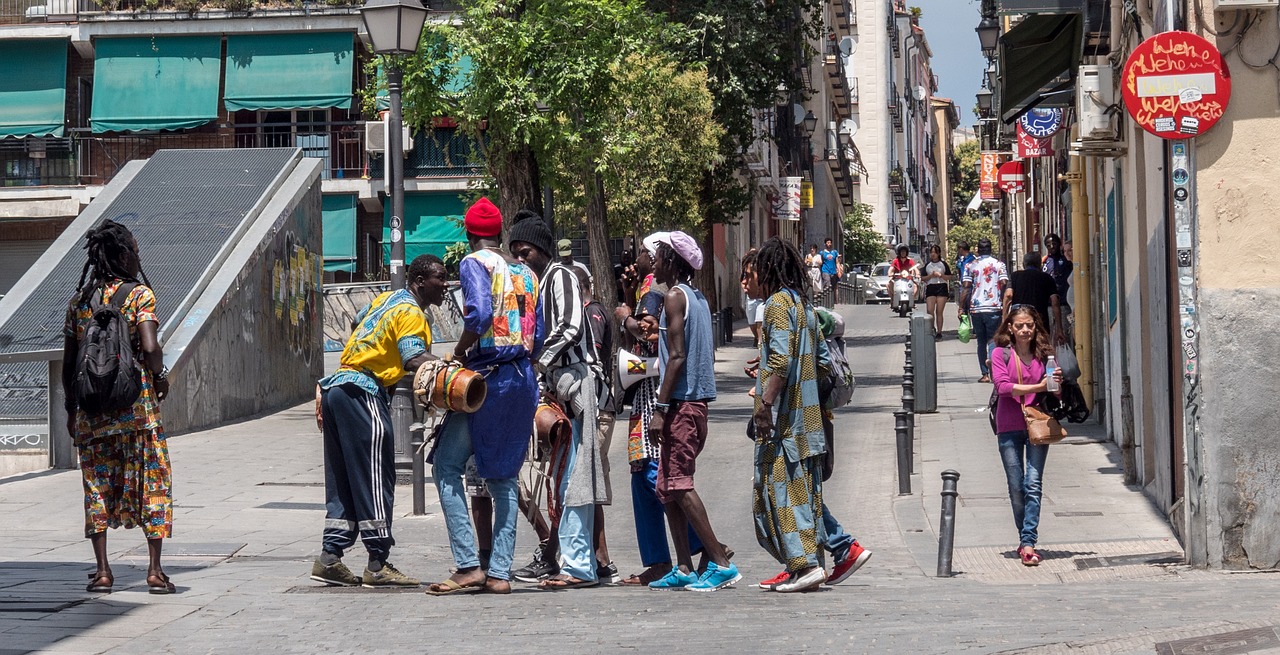Economic migration
The key role of remittances within the new migrations in the Mediterranean

The exponential increase in irregular migrant arrivals to Spanish shores – especially to the Canary Islands, but also to the Balearic Islands, Ceuta and Melilla – has become one of our top daily priorities. According to the Spanish Centre for Sociological Research (CIS), immigration has gone from being the 4th most important cause for social concern, which demands the corresponding political and economic responses. This has contributed to the decision for the President to begin the political year with a regional tour of Mauritania, Senegal and Gambia, seeking the mutual understanding of his counterparts in the control of the migratory phenomenon.
Spain is already the 2nd country in the EU – after Greece – and 4th in the Organisation for Economic Co-operation and Development (OECD) with the largest increase in irregular immigration. According to figures from the Ministry of the Interior, 31,155 irregular migrants had arrived in our country by the 15th of August, 66% more than during the same period last year. Thus, without falling into any alarmism – since irregular migration is still secondary to legal – it is necessary to transcend the current crisis management model that causes the shocking images of arrivals on our beaches, to implement a new European migration agenda that involves not only the countries that are part of the Union for the Mediterranean (UfM), but also those in the Sahel and sub-Saharan Africa.
The growing economic, demographic and security disparities between sending and receiving countries are the key to understanding migration flows between the north and the south. These imbalances, as well as the geographical proximity and the development of complex logistical networks, mean that the EU will inexorably continue to be the main destination for migration in the Mare Nostrum. As it was recognised by the European Council in its strategy "Global Approach to Migration" and in its respective annex "Global vision of migration: priority actions in Africa and the Mediterranean", it is essential to act on the development of the economies of countries of origin and transit.
Just as important, if not more so, than the border control and security actions promoted by our governments (to deal with threats to national security such as jihadist terrorism, organised crime, and drug and human trafficking), is the strengthening of the link between migration and development. It is in this area that special attention must be given to the management of remittances, given that World Bank statistics show that they have surpassed both Foreign Direct Investment and Official Development Assistance in importance. Private capital transfers made by immigrants are one of the key aspects to addressing their impact on poverty reduction and the economic development of these countries of origin through, among other financial instruments, the incentive of productive investment.

Upturn in remittances
After a period of sustained growth during 2021 and 2022, remittance flows officially sent to low and middle-income countries (LMICs) became more moderate in 2023, reaching an estimated €590 billion. This modest 0.7 percent increase reflected large variations in growth across regions, but remittances remained a crucial source of external financing for developing countries, helping to strengthen the balances of payments of some of those still struggling with food insecurity and public debt and fiscal incapacity.
In the immediate future, the World Bank's KNOMAD (Global Knowledge Partnership on Migration and Development) predicts that remittances to LMICs will grow at a somewhat faster rate. Specifically, 2.3% in 2024 and 2.8% in 2025, although this growth will not be the same in all regions. Among the potential risks of these projections, a lower-than-expected economic growth in the developed countries receiving migrants is included, due to the volatility of hydrocarbon prices and exchange rates caused by the armed conflicts in Ukraine and Gaza, and especially the possibility that the latter will escalate into a regional war that would have a very negative impact on the world economy.
Remittances from countries in the Middle East and North Africa (MENA) fell by 15% in 2023, leaving around €50 billion, mainly due to the sharp decline in flows to Egypt. However, it is likely that the divergence between the official and parallel exchange rates has led to remittances being diverted through unofficial channels (money transfer companies such as Western Union, cash transfers through family or friends). Remittance flows between MENA countries were affected not by the slowdown in growth in the Eurozone countries, but by that of those that make up the Gulf Cooperation Council (GCC), although they are expected to recover by 4.3% in 2024.
Meanwhile, remittance flows to the Sahel and sub-Saharan African countries reached 48,500 million in 2023, representing a slight decrease of 0.3%. Remittances provided support for the balances of several countries that, in addition to food insecurity and strenuous debt payments, must cope with the pernicious effects of climate change such as droughts and floods, as well as disruptions in the supply chains of all kinds of goods and services. Remittance-dependent countries within this region include Gambia, Liberia, Cape Verde, and Lesotho. KNOMAD estimates that its remittances will grow by 1.5% in 2024.
Ultimately, the Eurozone should take advantage of remittances to promote financial inclusion and access to capital markets in order to improve the development prospects of the countries of origin of Mediterranean migrations. Given that these remittances are an increasingly important factor in the economic and financial equation generated by migration, it is essential to reduce the margins that financial institutions are left with in the countries of destination. If at the moment they are roughly an average of 6%, the EU should take measures in collusion with banks and savings banks – just as it did with telecommunications companies to reduce the cost of mobile phone roaming, for example– to reduce margins to a maximum of 3%, as indicated as an objective by the SDGs of the United Nations’ 2030 Agenda.
